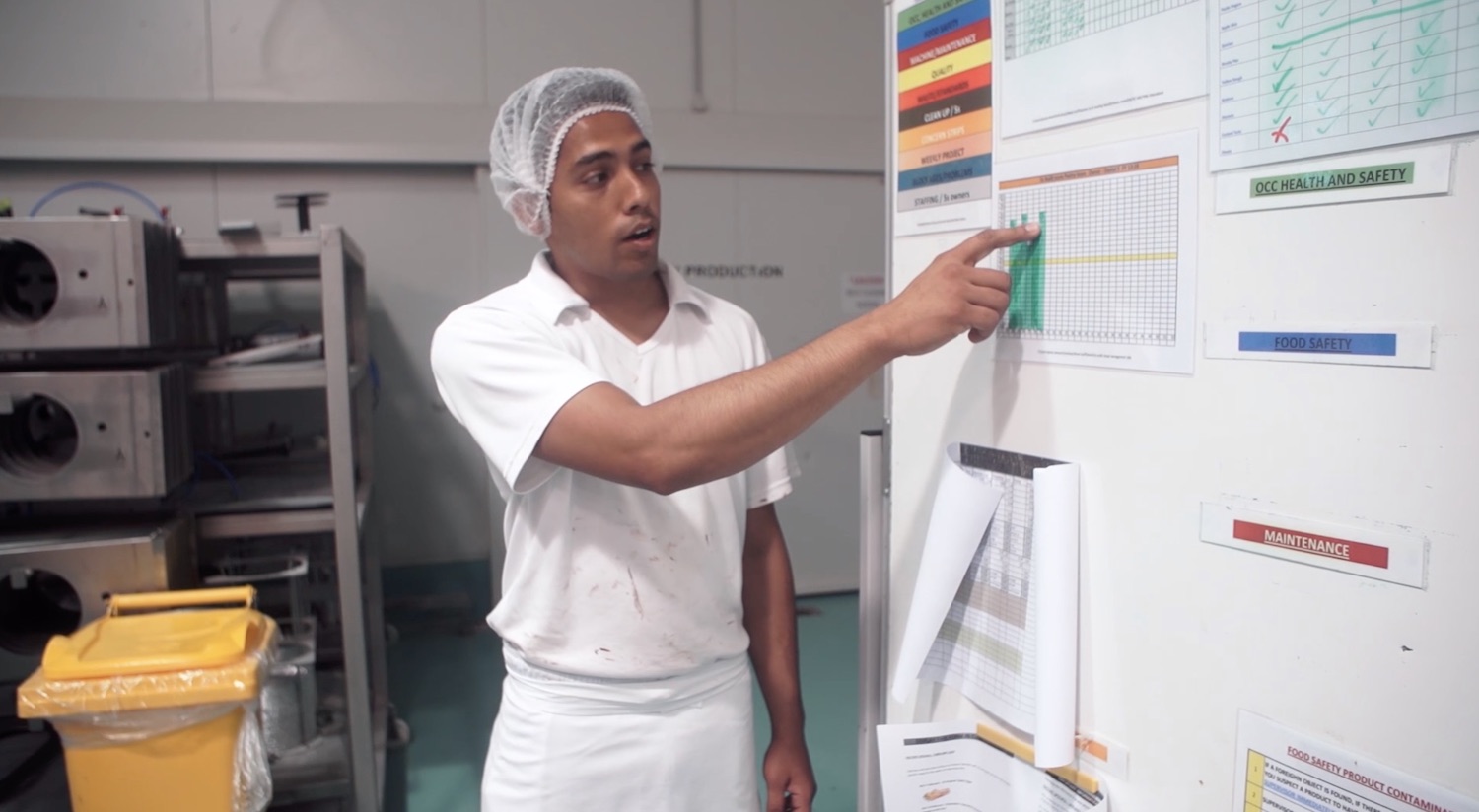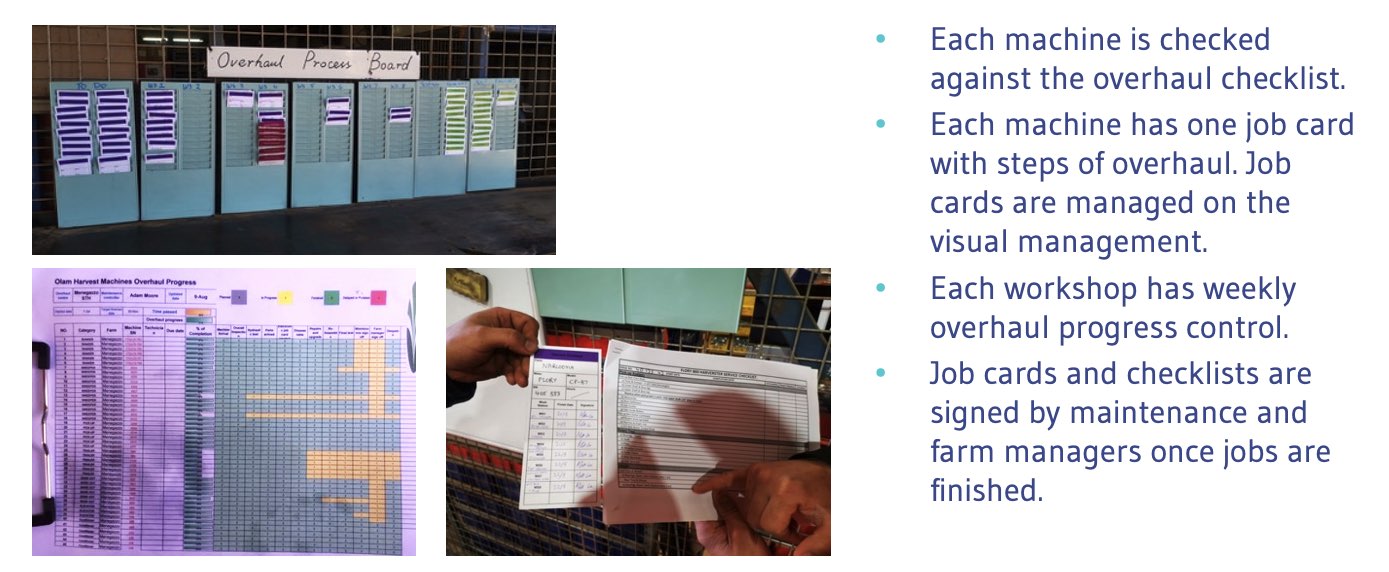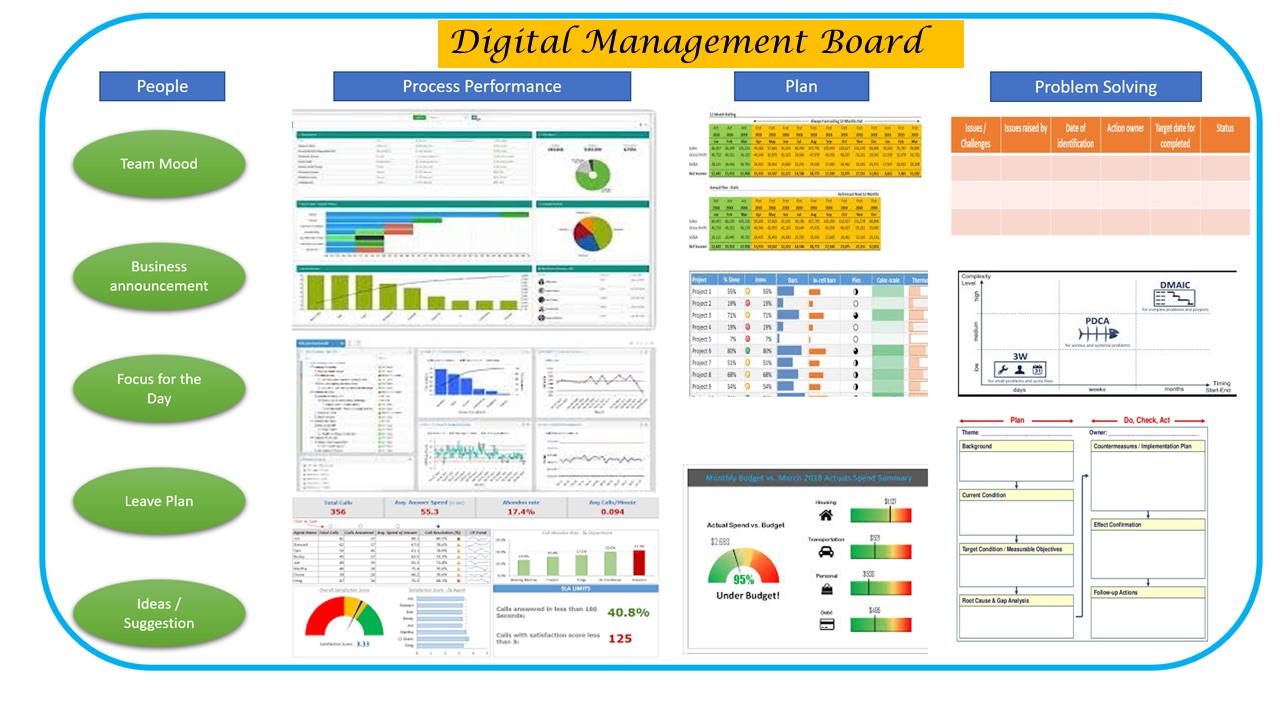How 10 Minute Meetings Every Day Can Help You Get Back 9 Years of Your Life
According to a study published in the Harvard Business Review[1] executives spend an average of 23 hours per week in meetings. If we assume that these executives work on average 50 weeks per year for a 45-year working life, then that represents 51,750 hours in meetings or the equivalent of 16 hours per day for almost 9 years.
Just think about all the things you would rather do for nine years of your life than sit in meetings! Even more depressing is the fact that it is getting worse with the article quoting that the length of time in meetings has more than doubled from around 10 hours per week in 1960. At this rate by the middle of the century we will be spending over 30 hours per week in meetings and probably only having nights and weekends to do “real work”.
How to Get the Most from Meetings

Meetings are necessary. Many problems cannot be solved by individuals working alone. People also need to meet to communicate issues and strategy and to keep different organisational functions and levels aligned on common goals. We do need meetings, but do we really need to spend 23 hours per week in them?
Visual Management is a Lean technique that has been around for years. It is usually focused on front line teams but, as you will learn, it can be applied to all areas of your business. The leader of a work area meets with his team near their work area every day at a set time for around 10 minutes. The aim is to review the previous days performance, discuss the challenges for the current day and solve problems to ensure that the targets for the day are met.
By meeting daily in a structured way, for a limited time and just focussing on the key metrics, it means that the important information gets communicated efficiently every day and keeps communication flowing. Problems, that often lead to long and painful meetings we all love to hate, get dealt with quickly, on the spot and at a level in the organisation best able to deal with them.
What About Larger Organisations?

Larger organisations need more than one level of meeting. Therefore, team leaders will run a 10-minute daily meeting with their teams at their visual management board. They will then meet with their peers and the Area Manager later in the morning for a Level 2 meeting.
This level 2 meeting will focus on Area Level metrics and provide a forum for two-way communication and problem solving. Team leaders can share problems where they need support, perhaps from other teams or functions such as quality or maintenance. The Manager can outline targets for the coming day or week and communicate messages from senior management and both can give each other feedback. Again, it should be no longer than 15 minutes, highly structured and metric focused.
Some businesses will have the Level 2 meeting before the Level 1 meeting so Team Leaders can take the update to their team after the meeting. Either approach can work – chose which suits your business. The Area Manager may then attend a Level three meeting with the Site Manager or General Manager and the site leadership teams. Sometimes these Level 3 meetings may be less frequent than daily. However, this multi-level communication structure allows for very quick communication and resolution of problems along with rapid action when performance strays off target.
Over the course of a morning everyone from the front-line operator to the Site Manager can be kept up to date and keep their peers and manager up to date with progress across the site, problems can be highlighted and quickly addressed, and resources directed to where they are needed most. And no-one has spent more than 25 minutes in meetings.
As one Site Manager told me, “By 10am when my cycle of daily leadership meetings is completed every morning, I am across all the issues across the site and know where I need to focus for the day. I am also confident that everyone across the business knows what they need to do to make the day a success.”
With everyone much better informed every day, the need for long drawn out weekly and monthly review meetings are reduced, and these can be reduced in length or eliminated altogether. Because Lean Daily Leadership Process acts on problems early and in a structured way, the need for “crisis” meetings when something goes wrong are reduced.
The Future of Daily Meetings

The traditional image of Visual Management and Daily Meetings is a bunch of people in high-vis clothing standing around a whiteboard in a factory or warehouse. However, it works in the office just as well. We have introduced Lean Daily Leadership Process®, the TXM approach to visual management into sales teams, finance teams, engineering teams, video game development teams, HR teams and legal teams.
We have even developed a Virtual Lean Daily Leadership Process where the meetings are held on Zoom or Teams and the metrics are recorded on a Miro virtual whiteboard. Regardless of what kind of team is applying the Lean Daily Leadership process, the result is the same – better communication, faster response to problems and fewer meetings!
To find out how you can introduce the Lean Daily Leadership Process and start getting back those lost nine years of your life, view our Lean Daily Leadership video and ready our Definitive Guide to Visual Management.
[1] E. Eun, C. Noonan Hadley and L. Perlow, “Stop the Meeting Madness”, Harvard Business Review July-August 2017







